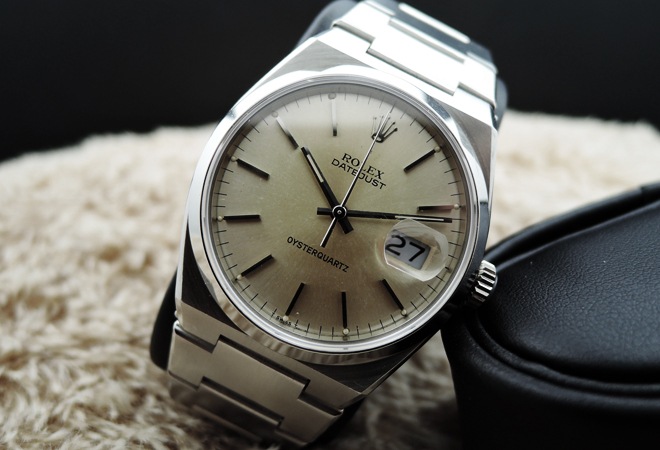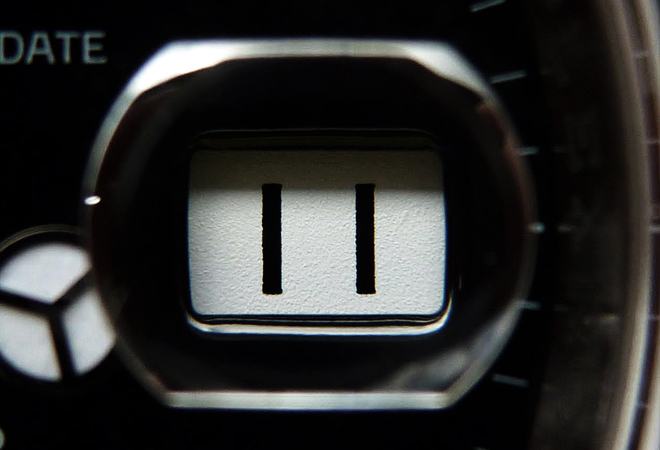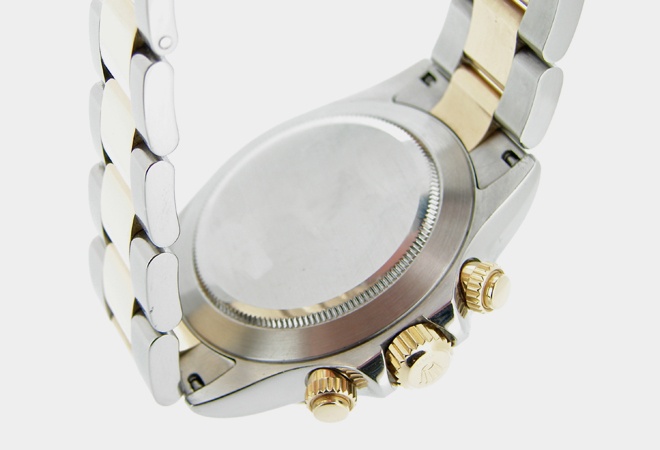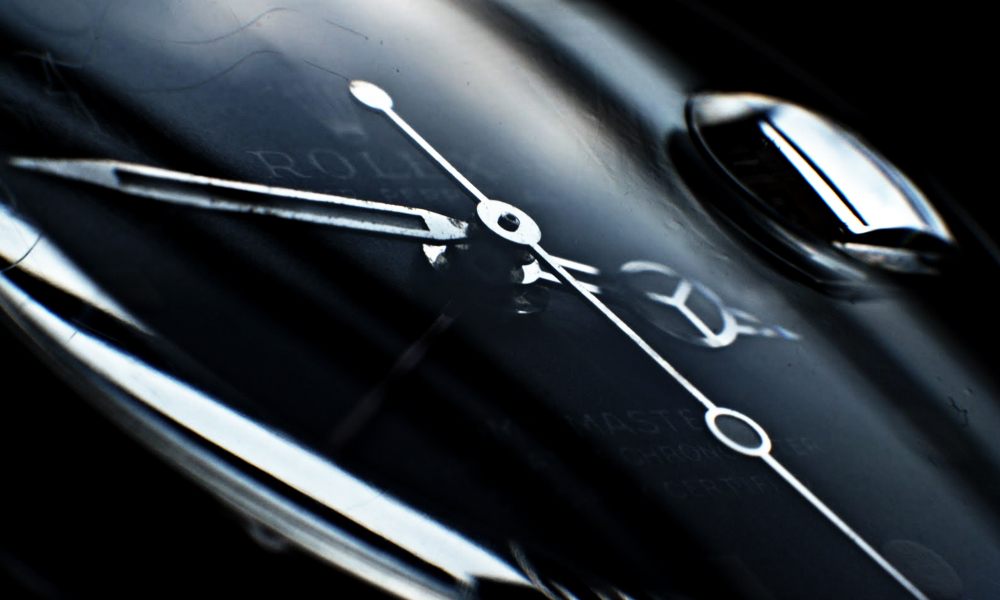Since 1905, Rolex SA has produced some of the finest and highest quality luxury timepieces the world has ever seen. Of course, if you’re reading this, that’s something you already knew. What you also know is that you’ve decided you’d like to purchase one of your very own, which is a wise choice, indeed. Because when you buy a Rolex, you’re not just buying a watch, you’re making an investment—in something you’ll be able to pass down from generation to generation, whose value will only appreciate over time.
But which Rolex should you buy? How should you go about making your purchase? How can you tell you’re not going to get burned and wind up spending a lot of cash on a fake?
If you have the budget for a new Rolex, you have a lot less to worry about. But if you’re going used (and trust us, there’s nothing wrong with that), you always run the risk of purchasing a fake—that is, unless you know what to look for. Here’s how to tell if a Rolex is real.
The Weight
Rolex uses the finest materials in the production of its watches, whether its precious stone, solid gold, or real deal 904L stainless. Right off the bat, the easiest and most immediate way to tell whether or not you’re dealing with a fake is by its weight. Because of the cheaper build quality and crappy materials, you can expect fakes to weigh nearly half as much as an actual Rolex. A real-deal Rolex will feel solid and heavy on the hand.

The Movement
Save for Rolex’s QuartzDate and OysterQuartz watches (of which only about 20,000 were ever produced, making them extremely rare), Rolex primarily uses mechanical movements in their watches. Which means, if you’re watching the second hand, it should move fluidly and have hardly any movement that resembles anything like a “tick.” Whereas a regular quartz movement—which is what most fakes have—should have an individual tick for every second. If it ticks, run away.
Price—Plain and Simple
We’re not trying to be jerks here, but the fact is, if you’re trying to purchase a Rolex, you’re probably purchasing it from someone who has contemplated long and hard about what they’re doing. They know what they have, they’ve researched what it’s worth, and they’re selling it for a reasonable price. If you’re dealing with someone who’s trying to jump out the window and practically trying to give the watch away, it’s likely a fake. Rolex watches are one of the most highly counterfeited luxury items in the entire world, which means if it sounds too good to be true, it probably is.

The Date Window
Rolex puts a painstaking amount of time into the design of their watches, and one of their most unique characteristics—and most difficult to replicate—is the ornate date windows (also known as the “Cyclops”) on their watches. A real Rolex’s Cyclops will have a brilliant, crystal clear presentation of the date that will appear magnified roughly 2.5 times its original date on the face. Fakes will have hardly any magnification at all, or they’ll feature a simple square “bubble” that looks completely different from an actual Rolex.
Fonts, Dates, Numerals
We already said it, but it really is worth emphasizing that Rolex puts a tremendous amount of tender love and care into producing these timepieces. That means that every single detail on every single watch—down to the winding mechanism—has been thoughtfully conceived and carefully designed and assembled by a master craftsman. And that means that everything—the dates, the fonts, the numerals, the display, etc.—should look universal, even, and perfect. If anything about the watch seems off, proceed with extreme caution.

Look at the Caseback
For those who don’t know, the “caseback” is the underside of the watch itself—the part that’ll touch the top of your wrist when worn. That said, the caseback on your Rolex should be 100% smooth and come free of any kind of engraving, etching, stamping, etc. In an attempt to appear higher quality than they actually are, fakes will sometimes have gaudy “Rolex” branding scrawled across the caseback, sometimes with a made up serialized number that’s complete nonsense but may give an air of authenticity to the inexperienced buyer. But rest assured, if the caseback is blank, it’s a good thing.
The Serial Number
The serial number on your Rolex watch will be located on the side, right behind the band (which means you’ll have to remove it in order to see it clearly). A real Rolex watch will have a very clearly marked serial and model numbers. In fact, the precision line cutting will make the numbers and letters appear to glow in the presence of light. Knock-offs will feature faint, poor quality etching that doesn’t hold even a slight candle to the real deal. While this is one of the most surefire ways to spot a fake, it can also be a bit of a pain in the ass to get to. Nevertheless, if you’ve inspected everything else and you’re still not sure, a look at the serial number will most certainly tell you everything you need to know.




